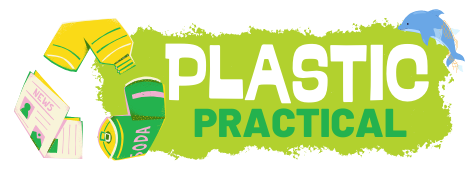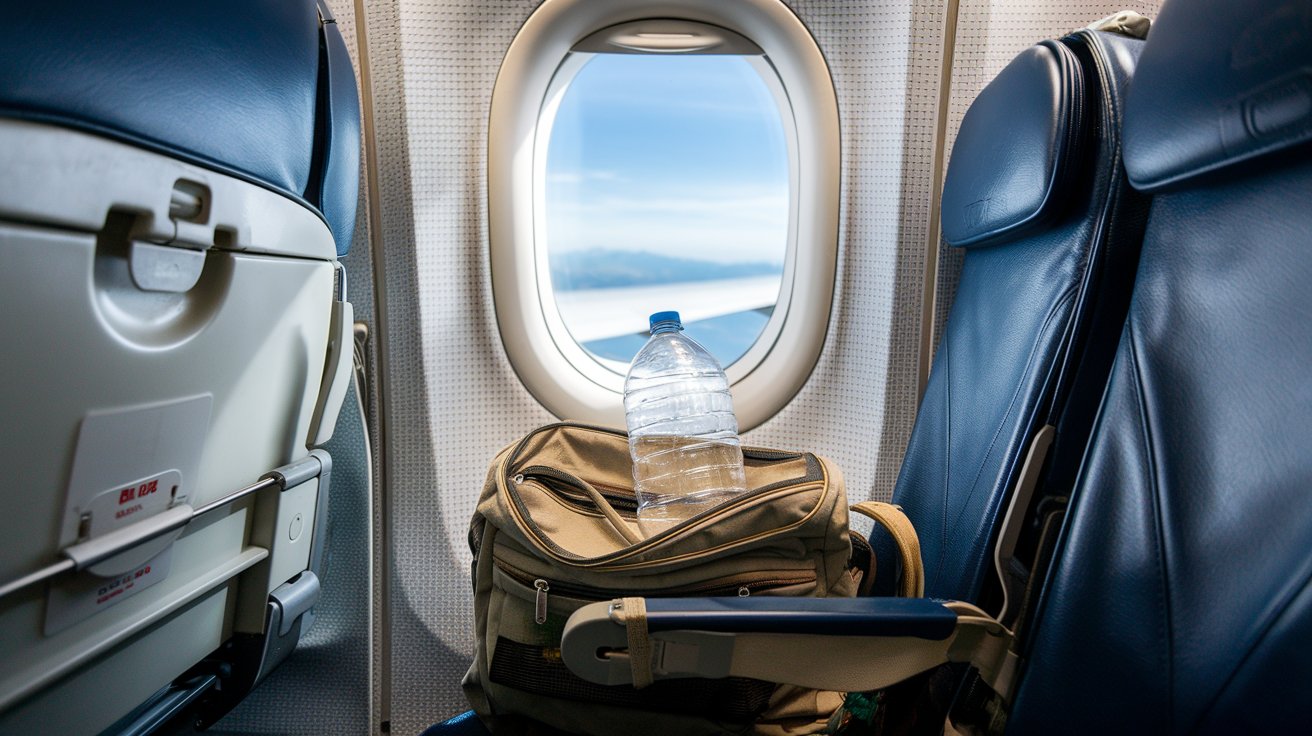Traveling by plane often requires careful packing and consideration of what to bring on board. One common concern for many travelers is: Will plastic bottles explode on a plane? Understanding the factors that could contribute to this situation can help ease worries and ensure a stress-free journey.
In this extensive guide, we will examine whether plastic bottles are at risk of exploding during a flight, particularly when stored in checked luggage. We’ll discuss safety measures, the types of bottles that are suitable for air travel, and important airport regulations. By the end of this guide, you’ll have all the information you need for a worry-free flying experience.
Can Plastic Bottles Explode in Checked Luggage?
Plastic bottles can potentially explode in checked luggage under certain conditions, primarily due to changes in cabin pressure. During a flight, the airplane’s cargo hold undergoes pressurization to maintain a safe environment for passengers.
However, this pressurization is different from sea level pressure, and the reduced pressure can cause the air inside a sealed plastic bottle to expand. If a plastic bottle is filled to capacity with liquid, the expanding air might not have enough space, increasing the risk of the bottle bursting or leaking.
Factors such as the type of liquid inside the bottle and the brand of the bottle also play significant roles. Carbonated beverages like soda are more susceptible to exploding because the carbonation increases internal pressure when the bottle is exposed to lower external pressures.
Additionally, thinner plastic bottles may not withstand the pressure changes as effectively as sturdier ones. While incidents of plastic bottles exploding in checked luggage are relatively rare, being aware of these risks can help travelers take necessary precautions to prevent such occurrences.
Can You Bring Plastic Bottles in Your Checked Luggage?
Yes, you can bring plastic bottles in your checked luggage, but there are specific guidelines and best practices to follow to minimize any potential issues. Airlines and aviation authorities generally allow passengers to pack sealed plastic bottles containing non-flammable liquids in their checked baggage. However, it’s essential to consider the volume of liquid you are carrying. Most airlines limit the amount of liquid per passenger to ensure safety and compliance with regulations.
To safely transport plastic bottles in checked luggage, ensure that they are tightly sealed to prevent leaks. Placing the bottles in plastic bags or wrapping them in clothing can provide an extra layer of protection against spills. Additionally, it’s advisable to leave some space in the bottle to allow for the expansion of contents due to pressure changes. For those carrying carbonated beverages or other pressurized liquids, opting for bottles designed to handle such conditions can reduce the risk of explosion or leakage during the flight.
How Safe Are Plastic Water Bottles in Checked Luggage?
Plastic water bottles are generally safe to include in checked luggage when proper precautions are taken. The safety of these bottles largely depends on the type of plastic used and how well the bottles are sealed. High-density polyethylene (HDPE) bottles, commonly used for water, are more resilient to pressure changes compared to thinner plastics. These bottles are designed to withstand variations in pressure, making them a safer choice for air travel.
To enhance safety, travelers should ensure that plastic water bottles are partially filled to allow room for expansion. Overfilling bottles can increase the likelihood of them bursting as the air inside expands during the flight. Additionally, using bottles with secure caps and screw-on lids can help maintain the integrity of the bottle under pressure. By following these guidelines, plastic water bottles can be a convenient and safe option for staying hydrated during your trip without the worry of them exploding in your checked luggage.
Are There Plastic Bottle Types That Are Safe to Bring on a Plane?
Yes, there are specific types of plastic bottles that are safer to bring on a plane. Bottles made from high-density polyethylene (HDPE) or polyethylene terephthalate (PET) are more reliable choices for air travel due to their durability and resistance to pressure changes. These materials are commonly used in manufacturing water and soda bottles because they can endure the variations in pressure experienced during flights without compromising their structural integrity.
Reusable plastic water bottles with screw-on caps or secure sealing mechanisms are also recommended. These bottles often feature designs that can better handle the expansion of liquids and reduce the risk of leaks or bursts. Some brands offer bottles specifically engineered for travel, incorporating features like double walls or reinforced seals to provide extra protection against pressure fluctuations. Choosing the right type of plastic bottle and investing in high-quality brands can significantly minimize the chances of having your bottle explode or leak in checked luggage.
Are There Any Airport Violations if You Bring Plastic Bottles onto The Plane?
Bringing plastic bottles onto the plane, whether in carry-on or checked luggage, must comply with airport security regulations to avoid violations. For carry-on luggage, the Transportation Security Administration (TSA) enforces the 3-1-1 rule, which restricts passengers to carrying liquids in containers of 3.4 ounces (100 milliliters) or less, all of which must fit into a single quart-sized clear plastic bag. Larger plastic bottles, especially those containing liquids like water or soda, are not permitted in carry-on bags and must be placed in checked luggage.
Failing to adhere to these regulations can result in confiscation of the bottles at security checkpoints and possible delays in boarding. Additionally, certain airports may have stricter rules or specific guidelines regarding liquids and containers, so it’s essential to check the policies of your departure and arrival airports before packing. By ensuring your plastic bottles comply with airline and security regulations, you can avoid unnecessary hassles and ensure a smoother travel experience without any airport violations.
What Kind of Bottle is Safer to Bring on a Plane?
When deciding what kind of bottle to bring on a plane, opting for durable and pressure-resistant options is crucial for safety. Stainless steel bottles are an excellent choice as they are robust, impermeable to gases, and less likely to deform under pressure changes. These bottles often come with secure, leak-proof lids that further reduce the risk of spills or leaks in both carry-on and checked luggage.
Another safe option is reusable, high-density polyethylene (HDPE) bottles, which are specifically designed to endure the stress of varying pressures during flights. These bottles typically feature reinforced structures and secure closures that help contain liquids effectively. For those preferring plastic, bottles made from polyethylene terephthalate (PET) are advisable due to their strength and resistance to pressure-induced expansion. Investing in high-quality, brand-name bottles that prioritize durability and safety can provide peace of mind and ensure that your beverages remain intact throughout your flight.

